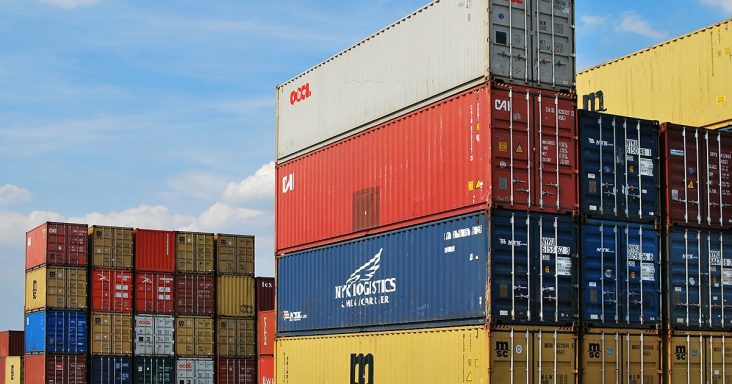Freight market likely past the worst of disruptions, analysts say
by February 28, 2022 2:38 pm 1,371 views

Freight market disruptions looked to have peaked in recent weeks, and this might lead investors to a bearish view of the broader market, analysts said.
In a recent industry note on the transportation sector, analyst Jack Atkins and associate Cameron Hoglund, both of Little Rock-based Stephens Inc., said existing trends in the market remain favorable for carriers amid tight capacity and strong demand, but the data shows “we are past the worst of the disruption in the freight markets. This, in turn, continues to contribute to bearish investor sentiment toward the sector broadly.”
According to logistics company C.H. Robinson Worldwide, shipment acceptance rates improved to 1.79 in February, from 1.98 in the previous month. The rates show how many times shippers tender a load to carriers before it’s accepted. However, the January and February rates were higher than the 1.7 that the company reported through 2021. The rates were 1.21 in March 2019 and 1.17 in late February 2020.
C.H. Robinson expects spot rates to be higher this year as a result of a tighter-than-expected market attributed to drivers being out with COVID in January and early February. Truckload spot rates are projected to be 9% higher this year, compared to last year. Bob Biesterfeld, CEO of C.H. Robinson, expects contract rates to rise in the low single digits this year.
Atkins and Hoglund highlighted the recent rise in congestion at the Port of Los Angeles and the increase in container prices from North China to the West Coast. The Freightos Baltic Daily Index shows the price per container rose to $15,671, exceeding the four-week average of $15,398. Ships at anchor at the Port of Los Angeles increased by 2% to 43 recently. Other U.S. ports, such as the Port of Savannah, are experiencing mild congestion.
The analysts said transportation company Matson Inc. typically sees a lull during the Chinese Lunar New Year, but it wasn’t as pronounced this year. In recent weeks, the company reported a reduced number of ships at anchor at West Coast ports, but this might be temporary “and a function of carrier holiday sailing schedules more than a true relief in congestion.”
The analysts also noted that asset-based carriers making investments into their brokerage segments are outperforming other carriers in the broader market. The investments are expected to increase revenue without adding assets and “help reduce cyclicality,” they said. “And we believe those efforts are translating into an ability to accept greater levels of overflow freight this cycle than in prior cycles.”
Carriers, including Lowell-based J.B. Hunt Transport Services and Van Buren-based USA Truck, have been increasing their power-only and drop trailer services, and the analysts said the offerings are “paying significant dividends given the limited trailer capacity in the market.”
Another metric the analysts said investors are closely following is the inventory to sales ratio. The analysts explained that excluding 2021 the ratio remains at the lowest level since 2013.
“Our sense is that investors are growing increasingly concerned that we are nearing the end of the broader restocking trend and that there is the potential risk that we are ‘overstocked’ later in 2022 or early 2023 to the degree that sales trends normalize in the quarters ahead and return back to the longer-term trend line,” the analysts said.
They expect truckload rates to rise by 14.5% in the first quarter, compared to the same period in 2021, and by 6.3% in 2022, from last year.
In a transportation and logistics report, Garrett Holland, senior research analyst for Baird, said extended pricing increases are likely to bolster strength in trends through the first half of 2022, “but slowing growth rates and impacts from the withdrawal of monetary/fiscal stimulus should not be dismissed. With sentiment still mixed and peaking earnings trends more evident, we think it is still too early to aggressively add transport exposure. Stay focused on more company-specific opportunities where valuations have de-rated to discount cyclical risks.”
